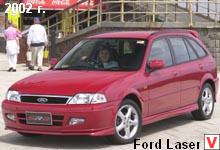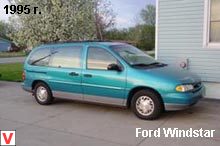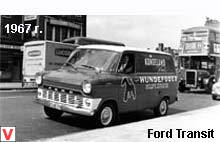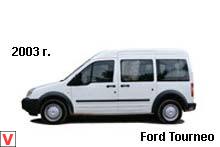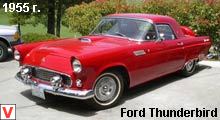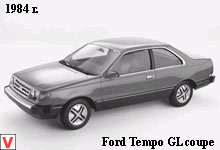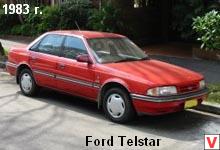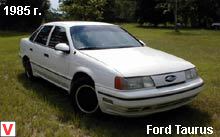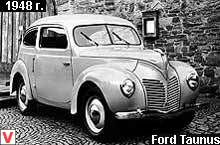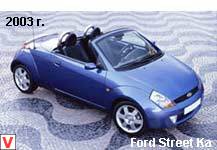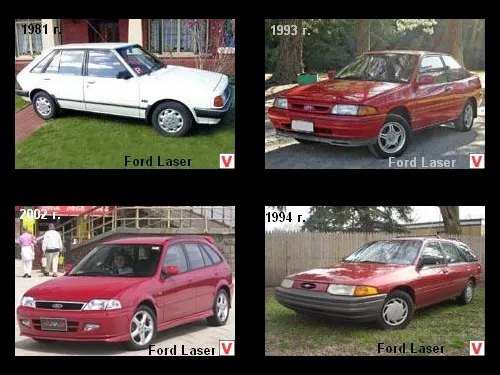
Compact passenger car Ford Laser was manufactured by Ford for Asia, Oceania, South America and Africa. Basically, the model was available in versions of a sedan or hatchback, although for some markets cars with cabriolet, station wagon and pickup were produced. In fact, Laser was produced at the Mazda plants, with Ford acquiring 25% of its shares in 1979.
Laser premiered in 1980. It was an updated version of the Mazda Familia / 323. The Ford Escort can be considered the predecessor of the model, while Ford Capri, Ford Meteor, Mazda 323 and Mercury Tracer can be considered similar vehicles. Produced in 1985, the first generation of the Laser KA / KV was completed with 3- and 5-door hatchback and 4-door sedans; Mazda SOHC 8V gasoline engines had a volume of 1.3 and 1.5 liters and counted six modifications, including those with turbocharging.
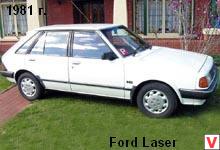
From 1985 to 1990, the second generation Ford Laser (KS / KE) was produced. Body options added to the 2-door convertible and 4-door station wagon. The power units from Mazda of 1.3 and 1.6 liters had 5 types, the most powerful was the 16-valve turbocharged V6T DOHC, which developed 100 kW. The next generation model (KF / KH) was produced until 1994.
The dimensions of the 5-seater sedan were 4270/1695/1375 mm with a wheelbase of 2500 mm and a track 1430/1435 mm. The curb weight of the car 1030 kg, the maximum allowable - 1305 kg. Minimum ground clearance - 150 mm. The power of the base 1.5-liter engine reached 110 hp (6500 rpm). The consumption of AI-92 gasoline in the urban cycle was 9.1 liters, and on the highway - 4.6 liters per 100 km of track.
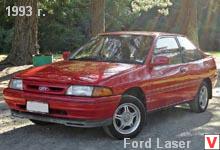
The engines were paired with a 4-speed automatic transmission. Cars of this series also began to be equipped with more powerful 1.8-liter engines. Replaced in 1994, the KJ series has undergone strong changes in appearance, having received a modern exterior. The dimensions of the body were 4420/1695/1420 mm with a wheelbase of 2605 mm and a track 1460/1460 mm. The curb weight was 1080 kg, and the total reached 1355 kg. The ground clearance, as in the previous version, was 150 mm. The car was traditionally equipped with "Mazdov" engines of 1.6 and 1.8 liters.
However, insignificant sales did not justify the hopes pinned on the Laser KJ, largely due to competition from Ford Festiva and cheaper Korean models. In 1999, Laser kH / KQ replaced. Practically unknown in the US and Europe, the Laser models of the kH / KQ series (in some Lynx or Tierra markets) were designed on the platform of the previous generation Mazda 323 sedans. In 2002, the models underwent restyling - lighting equipment in the style of Ford Mondeo with transparent lenses and round spotlights and a chrome grille gave the appearance of the model respectability.
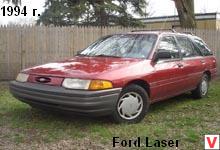
The base was considered a 1.3-liter 16V engine producing 81 hp. and with a torque of 112 Nm, mounted on modifications L and LS, and the more expensive versions of GSi and Gia were equipped with a 1.6-liter engine producing 118 hp. and with a maximum torque of 149 Nm. Laser / Lynx sedans were assembled at Ford factories in Malaysia, the Philippines, and Taiwan and exported to countries in Southeast Asia and Oceania. In Venezuela, the dorestayling Laser is assembled with a 1.6 liter engine with a capacity of 105 hp.
Other images auto Ford Laser
